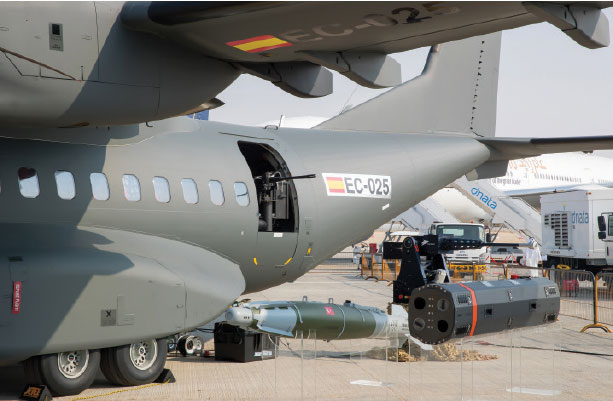Ian_W
Banned
I`m not so sure they would get ignored. Larger nations often like the optics of having smaller nations allied to them and been willing to participate in joint operations. I suspect the larger nation would try and work with the smaller nation to figure out how to find a viable role that the smaller nation can afford, while still being of some use to the larger nation.
A number of nations in NATO during the cold war operated quite old equipment that was probably of limited usefulness on occasion but they were not ignored. While there certainly was some grumbling about the contributions some nations made, there was a perceived benefit in having the nations at the table so to speak.
Their air contribution will be what gets ignored.
NZ didn't acquire any air to air capability, because a brigade of light infantry equipped to a roughly 1970 standard is useful for your allies in a way that fighter jets equipped to a roughly 1970 standard are not.
You can lend anti-tank capability to allied infantry, but you can't lend all-weather look-down radars.


